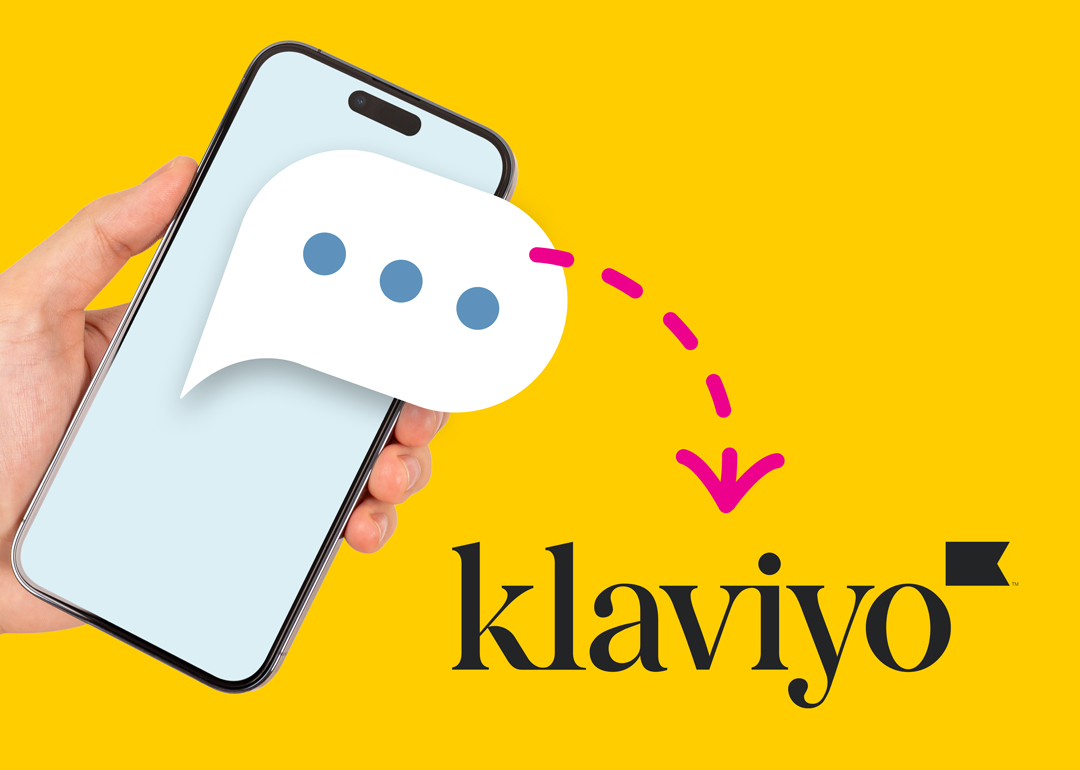Customer engagement is the connection between customer and brand. It encourages customers to interact and share their experiences with the brands they support. Positive and strong customer engagement can grow a brand substantially, while lackluster or negative customer experiences can potentially deal businesses a fatal blow. Let’s look at a few different tools you can use to enhance the quality of your customer engagement.
Social
One simple but crucial step toward positive customer engagement is to humanize your brand and create a relatable environment for the customer in the process. Make your consumers feel included through branded social media accounts by blogging and interacting with them. Remember: it’s not just about projecting your brand’s voice. You also want people to understand that voice. Establish a voice that suits your beliefs as well as your ideal customer.
You’re essentially trying to envision your ideal customer and create content they want, while also remaining conscious of the impression you want your brand to make. Be sure to maintain active social media profiles and stay up with current trends to give your patrons options for how they can connect with you.
Oracle CEO Mark Hurd has years of experience working with companies and customers alike. He says that consumers want to be in the driver’s seat to connect, engage and transact via their tool of choice. While designing your strategy, keep the customer’s thoughts and opinions in mind and remember that it’s not always about what you think is best.
Make sure to consistently monitor your brand’s social media accounts and blogs to respond to comments, likes and shares in a timely way. The comment section of a blog or Facebook post and responses to a tweet are great places to receive customer feedback. It’s a basic way to measure customer engagement and can help you understand which content will motivate your audience to interact.
Make it easy for customers to reach you online by consistently posting on your social media accounts and your website. If they can see your brand interacting on a daily basis, they’ll feel more confident about reaching out to you. Share content from other people or businesses when it makes sense to shake things up a bit. By giving your brand a consistent voice and personality, customers are more likely to engage with you and feel comfortable doing so.
Digital Tools
Utilizing Google Analytics will help you collect a significant amount of useful data about your customers. This tool can help you measure which pages visitors are spending time on, how much time they’re spending there before clicking away and even the demographics of your audience. It gives your brand a better understanding of what’s working and what isn’t at a more granular level. Although comments are great, they can’t provide all the statistics you need. Social media sites also have analytics to measure comments, shares, likes and other interactions.
A customer relationship management (CRM) system can also help track this data. You can use CRM systems to measure customer engagement and keep tabs on which customers are most active or most likely to make a purchase from your brand by tracking things like customer data, their history of interaction and any prior transactions or purchases they’ve made.
If you’re a company that sells products, consider using digital coupons to keep an eye on customer engagement. Coupons can be tracked to collect data such as which products are the most popular and whether a customer prefers to shop online or at a physical location. This tool can increase sales and help you track engagement while offering the customer something in return. Digital coupon users spend an average of 24% more than shoppers who don’t use them, so it’s important to take advantage of this opportunity to boost your bottom line.
Connectivity
The Internet of Things, or IoT, can be a key player in boosting customer engagement, too. One purpose of the IoT, from a business standpoint, is its ability to forge strong connections between a consumer and a product. Communication between devices can help a business to develop insights about a customer’s preferences and identify products that could benefit them. This data can clue brands into their customers’ current interests and whether their brand can effectively serve those interests. Parker Trewin, the vice president of GuideSpark, believes the IoT is changing everything. “The Internet of Things is big news because it ups the ante,” he says. “‘Reach out and touch somebody’ is becoming ‘reach out and touch everything.’”
Select the Right Tool for You
These options might apply differently, depending on your particular brand and business model. Some companies rely solely on analytics to measure their success, while others believe that social media engagement alone is the best indicator. Before you can start improving your customer engagement, make sure you have a thorough understanding of your desired audience. Once you know this, you’ll know which route is best for your brand to take next.
Written by Sara Carter, Enlightened Digital. Sara is an experienced tech expert who writes with her colleagues on Enlightened Digital, to share her passion with others around the web. After 15 years in the industry, her goal is to bring information on all technology to the masses. Her philosophy is to create each article so that anyone can understand the content, whether they are a consumer or a technology expert. Check out her site at Enlightened-Digital.com.



